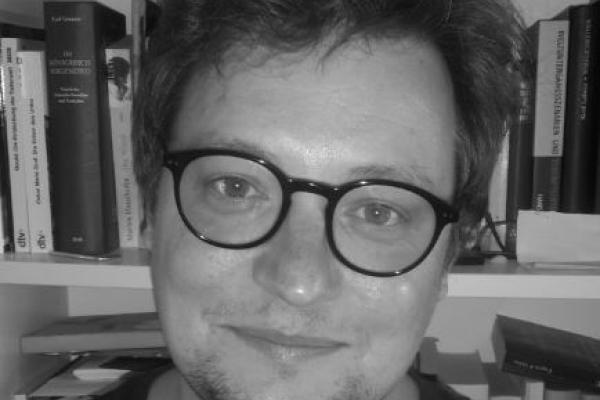
In literature and film the wedding is often used as a motif of closure – it finalises a plot in a happy way, especially in the genre of comedy. However, already in the first half of the 18th century, for example in Gottschedʼs Versuch einer critischen Dichtkunst (1730), one can observe a weariness with the abundant use of the wedding as a mechanism of closure. In the 19th century, comedies as well as texts of aesthetic theory increasingly ask what follows the wedding: And what shall we do now? – This is the question the dramatic characters ask themselves at the end of Büchnerʼs Leonce und Lena (1836). Even Hegel, in his Vorlesungen über die Ästhetik (1835–1838, posthumously published), marks the moment after the wedding as the beginning of prosaic everyday life. Furthermore, the wedding ceremony itself gains significance as a subject of literary representation. Around 1900 there are a number of texts in which the wedding ceremony is explicitly staged as the framework of the plot – and as condition for its humor. My talk will focus on these wedding scenes, in particular on their comical manifestations. The aim of my approach is not only to analyse scenes in dramatic texts and slapstick films (Valentin) with a view to the humorous potential of the wedding, but also to use the wedding motif to link central considerations of comedy theory, thing theory, and framing theory.
